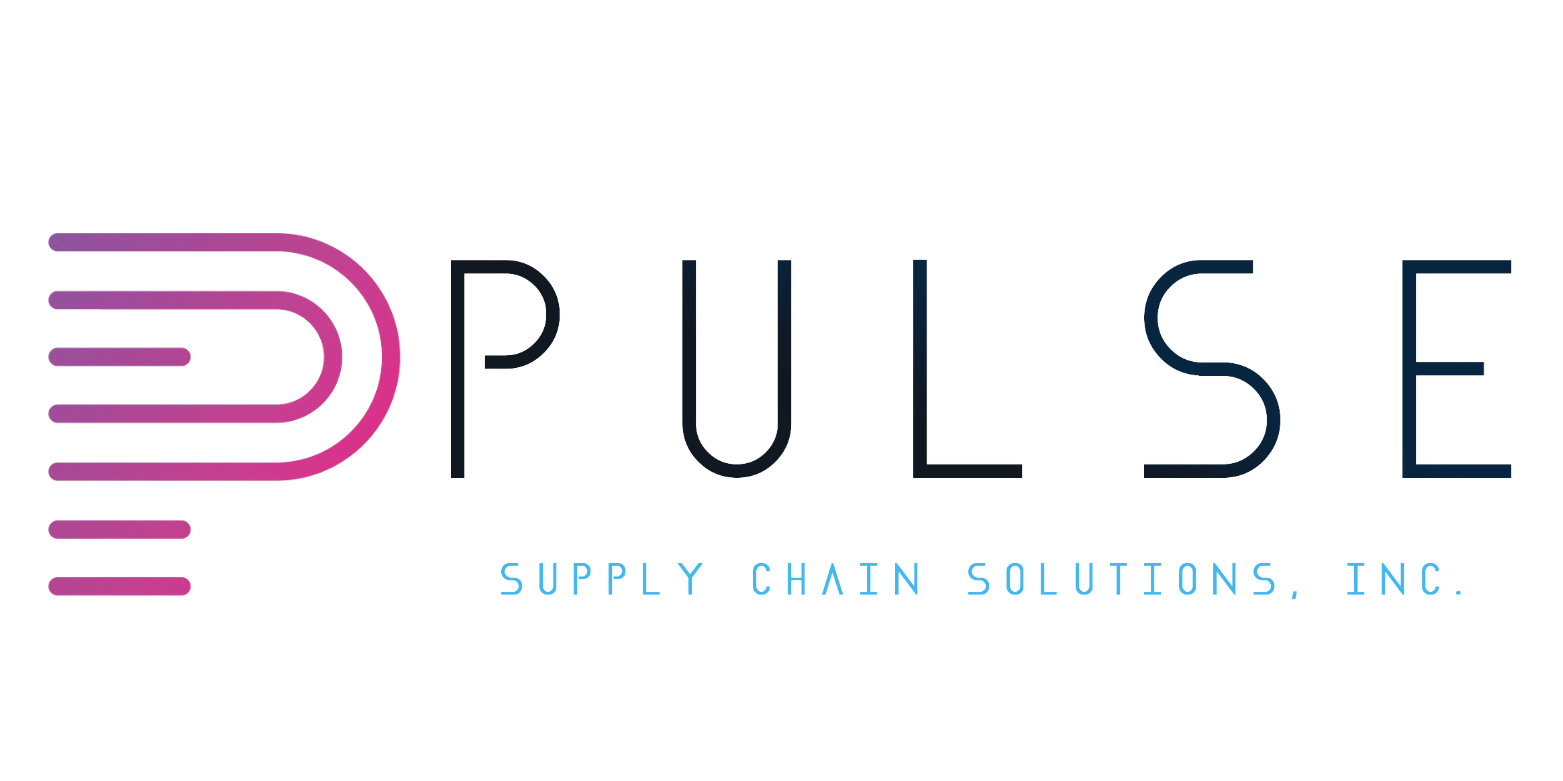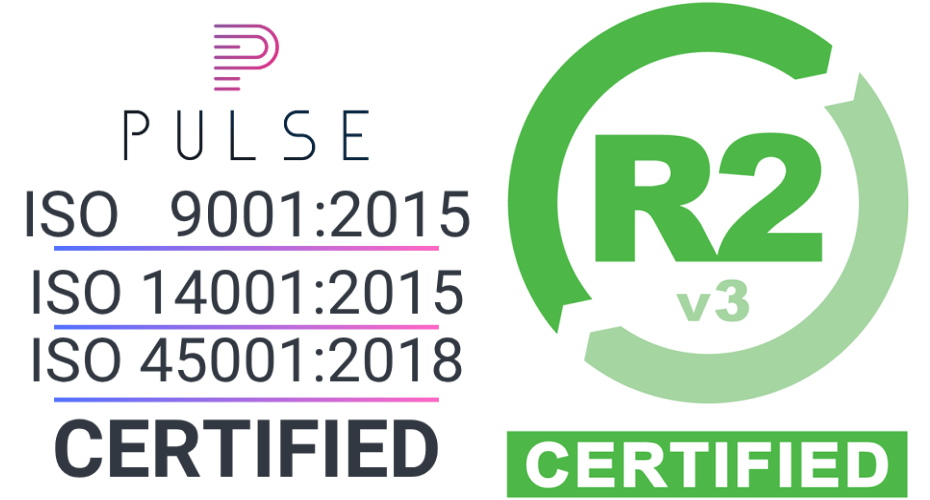
Why Data Centers Still Treat ITAD as a Cost And What It’s Really Costing Them
Imagine walking through your data center and seeing a mountain of used servers, switches, and drives piled in a storage room, perfectly functional hardware, worth hundreds of thousands of dollars, left to collect dust or worse, scheduled for destruction. Now imagine that you’re not just discarding old gear, you’re discarding opportunity. Every server you fail to remarket, every switch you don’t refurbish, every asset you don’t track through its second life is a dollar lost with a missed chance to embrace ITAD value recovery as part of a broader data center circular economy that makes your business more sustainable, more profitable, and more resilient.
Yet that’s exactly what’s happening in data centers across the globe. The majority of organizations still treat IT asset disposition (ITAD) as a liability to minimize, rather than a value stream to optimize. And that mindset, more than any technical limitation, is what’s holding the industry back from embracing the data center circular economy in a meaningful way.
According to a 2023 IAITAM industry report, only 27% of enterprises consistently recover value from decommissioned IT assets. That means nearly three-quarters of companies are overlooking resale, redeployment, or refurbished server resale opportunities, settling instead for generic destruction and certificate-based compliance. But what seems like a safe default is actually an expensive mistake.
Consider the raw economics. Gartner estimates that data center operators can recover 15% to 25% of original hardware investment if remarketing is done efficiently within 30 to 60 days post-decommission. For a data center cycling through $10 million in hardware annually, that’s up to $2.5 million in recaptured value that could be reinvested in operations, used to offset CapEx, or reallocated toward sustainable data center practices. Stretch that over five years, and the missed potential is staggering.
Even for smaller operations, the loss adds up. A single refurbished server resale can generate 60–80% of its original price on the secondary market if it’s properly wiped, audited, and marketed through the right channels. Multiply that across hundreds or thousands of machines, and you begin to understand the scale of what’s slipping through the cracks. Worse, many of these units are still fully functional or could be with minimal repair, especially when pulled as part of a scheduled refresh cycle rather than due to failure.
So why are so few organizations capturing this value? Part of the issue is visibility. Many companies lack centralized tools to inventory retired assets, track their condition, or route them through consistent ITAD workflows. Asset management systems often drop off after deployment, leaving IT and finance teams in the dark when it’s time to plan for end-of-life.
But culture plays an even larger role. ITAD is still seen as the last mile in the hardware journey, an afterthought at best, and a waste-handling expense at worst. That perception is outdated and dangerous, especially as environmental, social, and governance (ESG) frameworks evolve. Today’s stakeholders (whether investors, customers, or regulators) expect full lifecycle transparency. That includes what happens to equipment once it’s decommissioned and whether companies maximize ITAD value recovery through reuse, resale, or recyclying.
A 2023 MSCI ESG Ratings report found that 78% of institutional investors now evaluate IT waste and circularity in their ESG assessments, and many are penalizing companies that can’t document responsible ITAD practices. In short, if you’re not tracking how your e-waste is handled, someone else is and they may not like what they see.
Beyond financial and reputational risk, there’s the environmental cost. Improperly disposed e-waste contributes to toxic runoff, illegal dumping, and the loss of valuable rare earth metals. A single server contains aluminum, copper, palladium, and gold, materials that can and should be reclaimed. The UN’s Global E-Waste Monitor estimates that over $57 billion in recoverable materials were discarded worldwide in 2022. When data centers skip refurbishment or certified recycling, they contribute directly to that waste.
But this is a moment of opportunity. Organizations that embed circularity into their ITAD strategy can do more than avoid fines or pad the bottom line, they can become sustainability leaders. That starts with integrating ITAD value recovery into the IT lifecycle, not waiting until end-of-life to ask “what now?”
The most forward-thinking companies are already building closed-loop models for IT hardware. They redeploy internally before retiring externally. They partner with certified ITAD providers who specialize in refurbishment and resale, not just disposal. They request reporting not only on destruction, but on environmental impact, resale revenue, and components recovered. And they ensure those metrics are aligned with broader ESG goals, whether that’s reducing Scope 3 emissions or achieving zero landfill targets.
Take Google’s approach: the company has committed to extending the life of its servers by reusing components where possible and recycling hardware responsibly when reuse isn’t feasible. In its 2023 sustainability report, Google stated that it resold or reused 27% of server components and recycled nearly 100% of the rest using certified vendors. That’s a roadmap for what responsible, profitable ITAD looks like at scale. Where sustainable data center practices and business value go hand in hand.
The tools are available. What’s missing is the shift in mindset. IT asset disposition it’s about extracting value, protecting brand equity, and closing the loop on IT’s environmental impact. Whether you’re managing one data center or a global fleet, the opportunity is real. But it requires taking ITAD seriously as part of your sustainability and procurement strategy, not just your compliance checklist.
Because in a world where resources are finite, transparency is demanded, and tech refresh cycles are only accelerating, the organizations that win will be those that see value not just in what they build but in what they let go of wisely.


